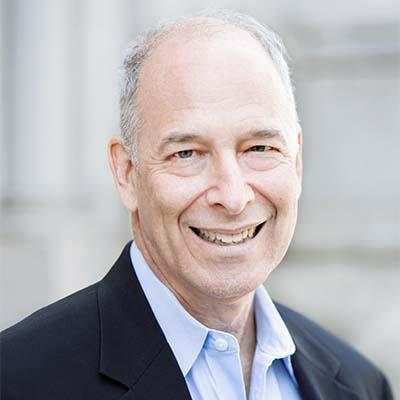In Western New York, an Instructive Tale of Two Coal-Fired Plants
Even when it’s clear that a coal-fired power plant can’t make money if subjected to the discipline of the marketplace—and even when the power produced by that plant isn’t necessary to keep the lights on—politics can keep that plant operating.
That’s what’s happening in Dunkirk, N.Y., where Gov. Andrew Cuomo has committed to keeping an aging and outdated coal-fired plant owned by NRG Energy running by way of a system of ongoing ratepayer subsidies.
The blunt rationale for keeping the Dunkirk plant online stems from local government reliance on the property taxes it generates (what are often called “payments in lieu of taxes”). Dunkirk, like much of western New York, and many cities who dependent on coal-fired power plant revenue, is in great economic pain. Local officials are rightly worried about the loss of even a few jobs, so in Dunkirk political pressure on sectione-mailed in Albany keeps the plant open.
The current plan for the Dunkirk plant, which is being challenged in court, is to convert the plant to natural gas but to allow it to continue to burn coal as a back-up fuel. It’s quite possible that the plant will continue to burn coal for many years to come if Governor Cuomo gets his way.
Even as it became clear that the Dunkirk plant was in financial trouble, very little local opposition developed to ongoing use of coal at the plant. Local concern was largely about municipal revenue and about jobs at the plant. So it shouldn’t come as a surprise that Governor Cuomo responded as he did.
BUT THERE’S ANOTHER WAY TO GO, AS DEMONSTRATED JUST 60 MILES AWAY IN TONAWANDA, home of the Huntley coal-fired plant, which happens also to be owned by NRG. Huntley, like Dunkirk, is among New York State’s dwindling population of coal plants, all of them old, inefficient, expensive, dirty and unnecessary. But that’s where the similarities between Huntley and Dunkirk end.
A group called the Clean Air Coalition of Western New York had realized by 2013 that Huntley’s days were numbered unless the plant received a Dunkirk-like subsidy. With help from the Institute for Energy Economics and Financial Analysis, the coalition, which has deep roots in Tonawanda as a result of its work on air-quality issues of concern both inside and outside the industrial town’s factory gates, initiated a community-wide process to explore how Tonawanda could continue to function in a post-coal world.
Building on broad, longstanding relationships, the Coalition’s leaders met with a wide range of residents—public officials, neighborhood representatives, business people, and—perhaps most important—labor leaders. The result was community-wide buy-in from many different stakeholders. While the plant continues to limp along today, no system of subsidies has been proposed and there is hope that the plant can be retired without damaging Tonawanda’s already fragile economy.
PERHAPS THE MOST IMPORTANT LESSON LEARNED ALONG THE WAY by Coalition leaders—and one that can guide climate advocates elsewhere—is that organized labor can be an ally. Both climate advocates and labor leaders understand that financial assistance will be necessary to help with the town’s transition. But they also know that financial arrangements can be devised that do not require ongoing operations of a dirty and unnecessary coal plant.
Members of the local affiliate of the American Federation of Teachers, which has been battered by layoffs, have been especially supportive of finding ways to replace school district revenue that would be lost by closing the plant. Not only is the teachers union working actively with Coalition leaders to plan for a post-coal future, it has gotten leaders of the broader Area Labor Federation to look seriously at the need to do the same. While no one is pretending that all parties to these discussions will always agree, the Coalition alliance with Western New York’s labor movement is crucial.
We don’t know how the Tonawanda-plant story will end, or how the town will adjust to the new-energy economy. But we can see that in Tonawanda—in contrast to Dunkirk—climate advocates have made headway because they are grounded in the community in which they work.
We can see also from Tonowanda that it pays to build relationships with allies whose interests may not be immediately apparent. Environmentalists have historically not been very good at building productive partnerships with unions, but that tradition need not persist.
This tale of two New York cities is instructive for showing us ultimately that collaboration counts, and that without robust, indigenous community organizing, towns and cities everywhere that rely on outdated coal plants for revenue are liable to be stuck, like Dunkirk, in a fast-fading past.















